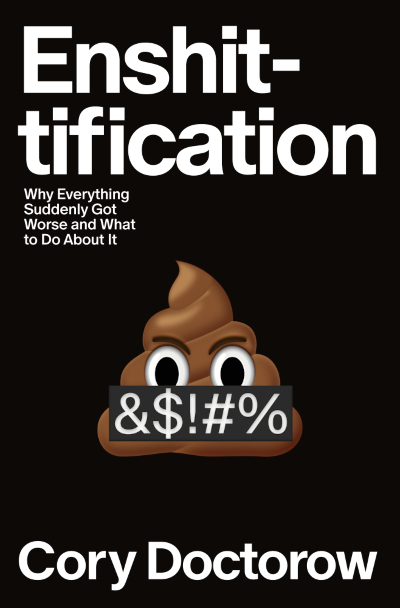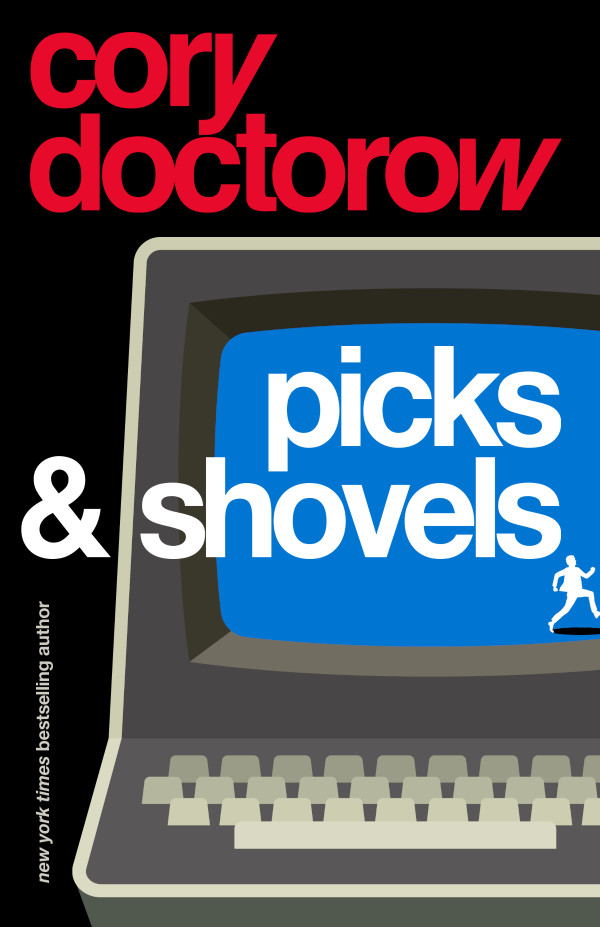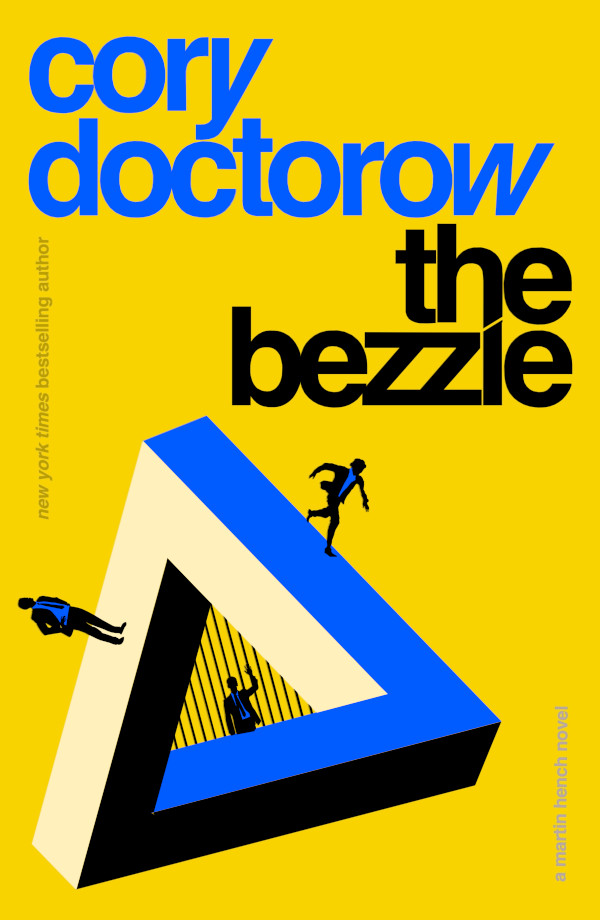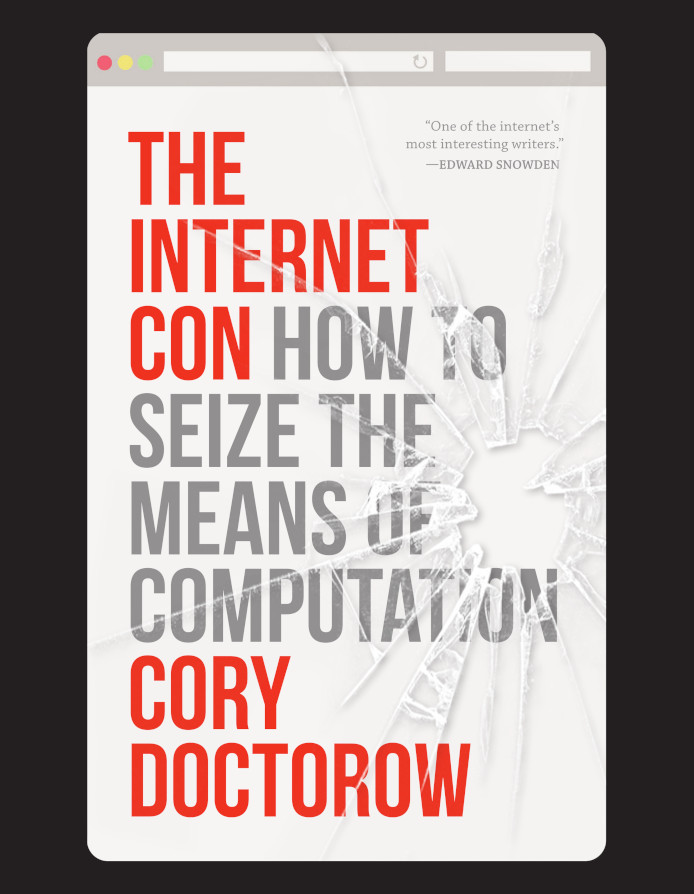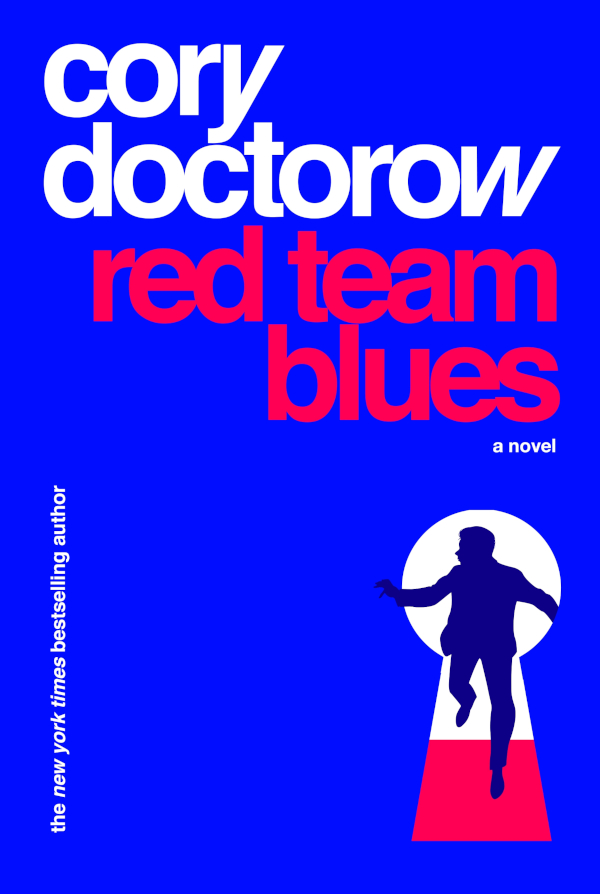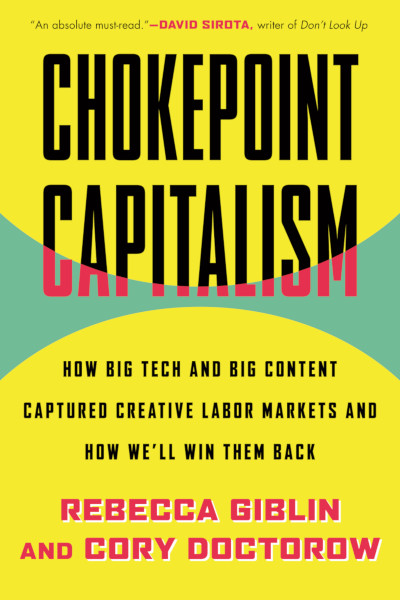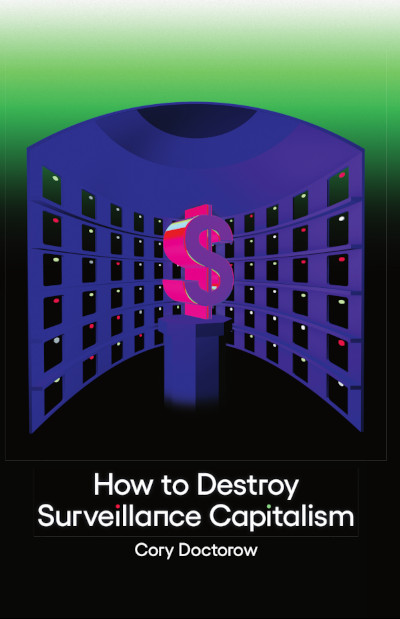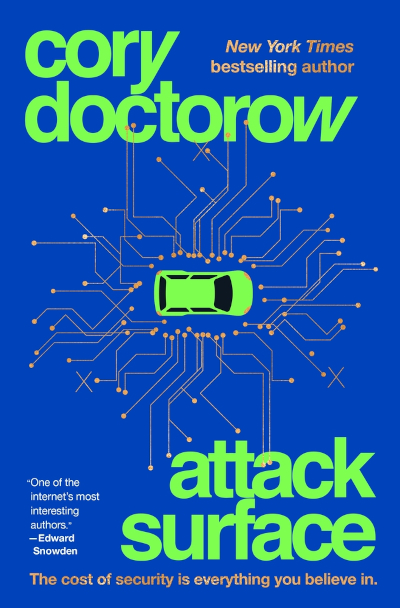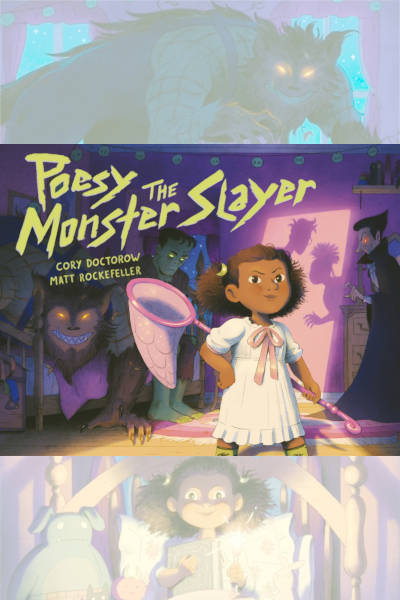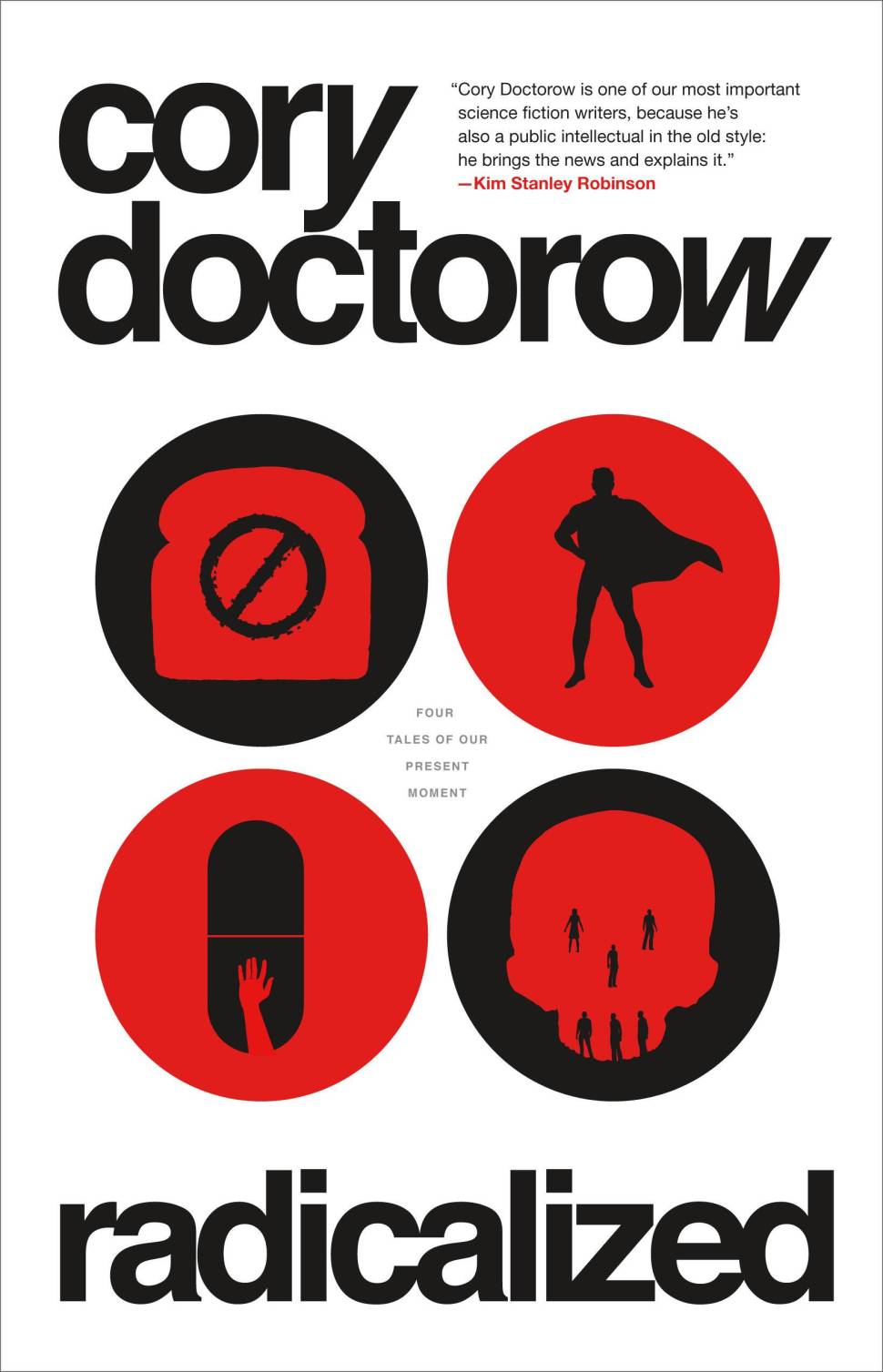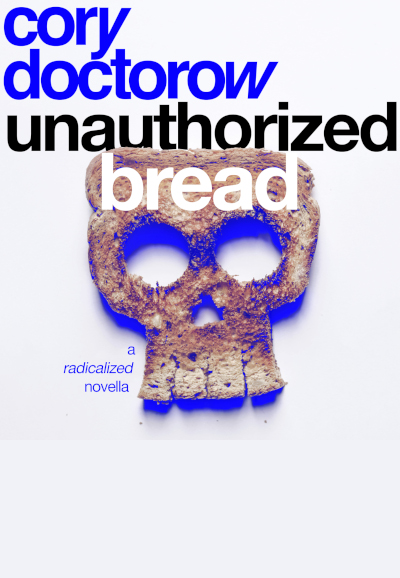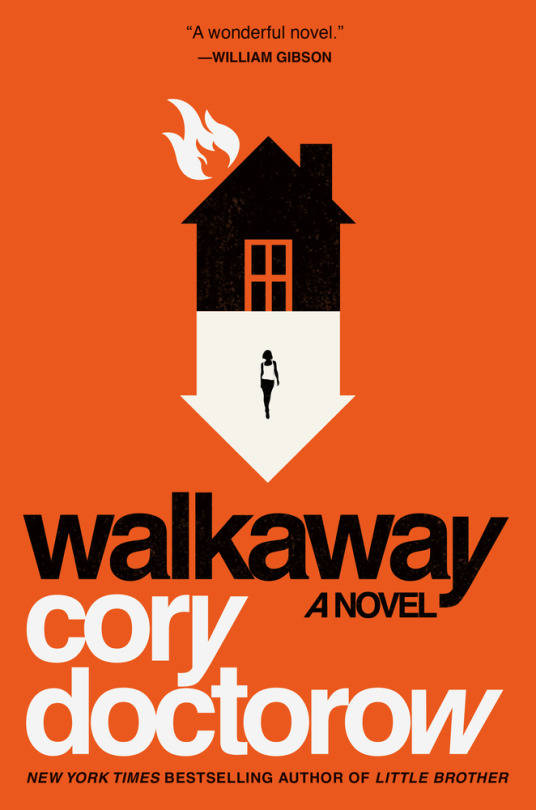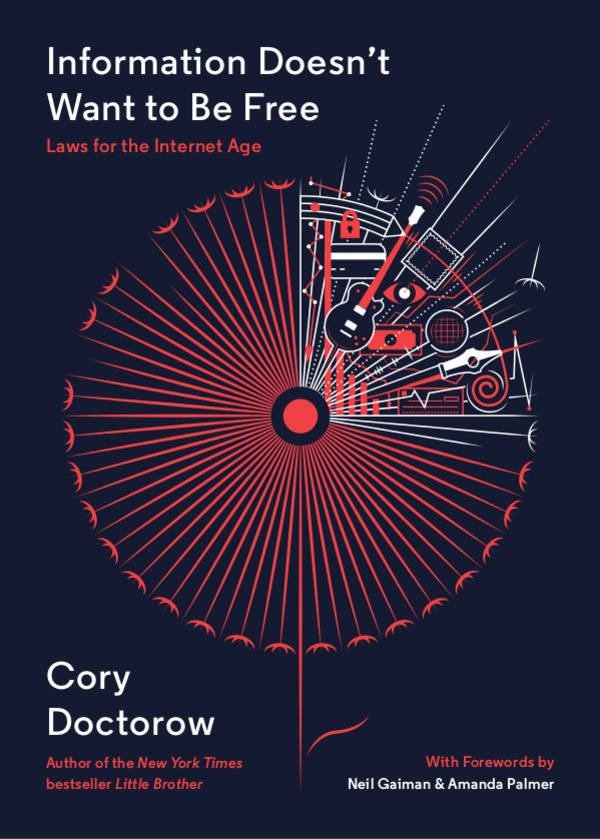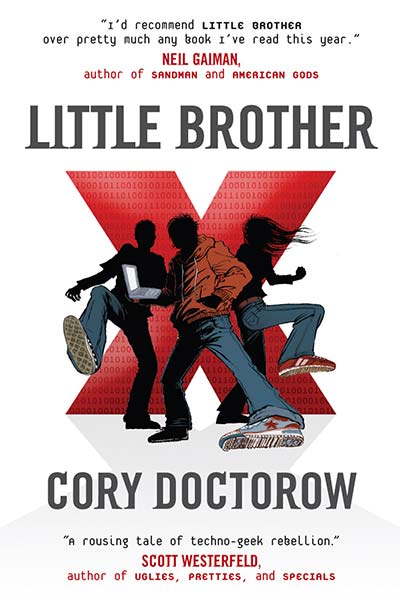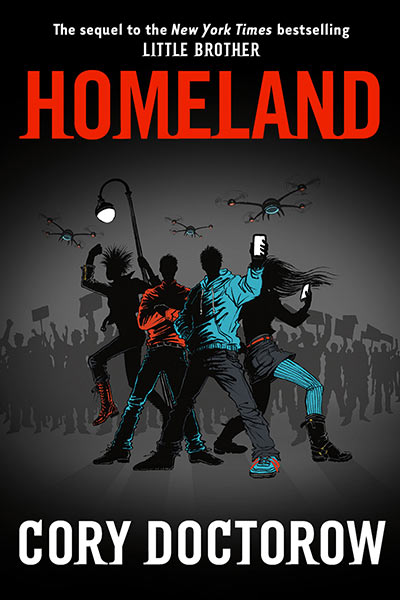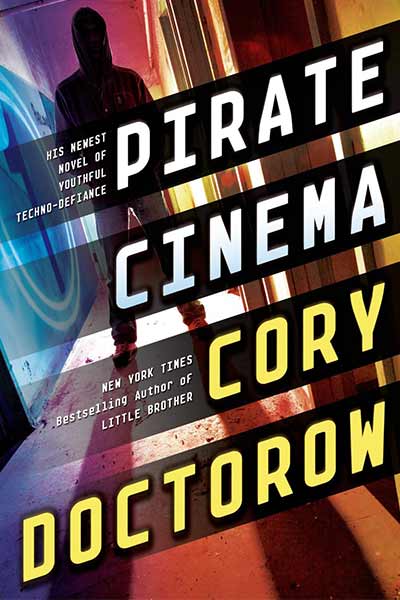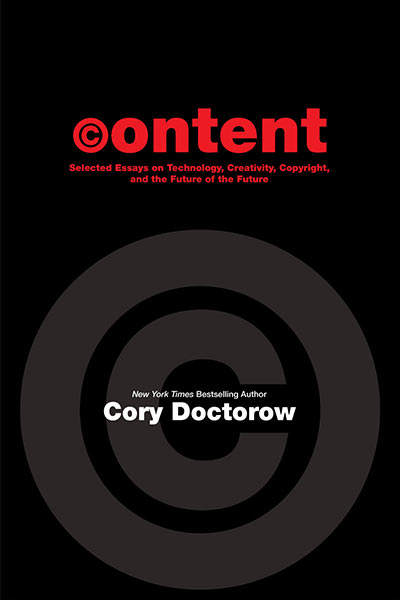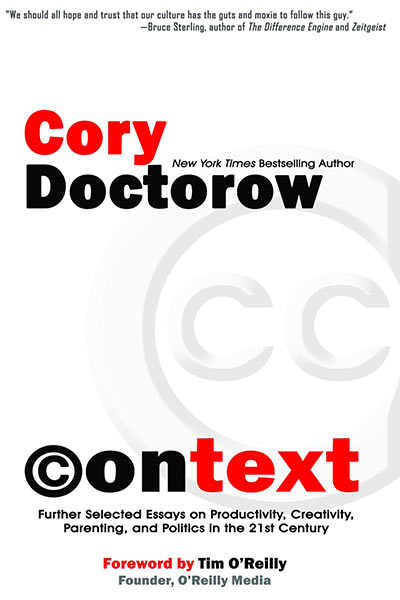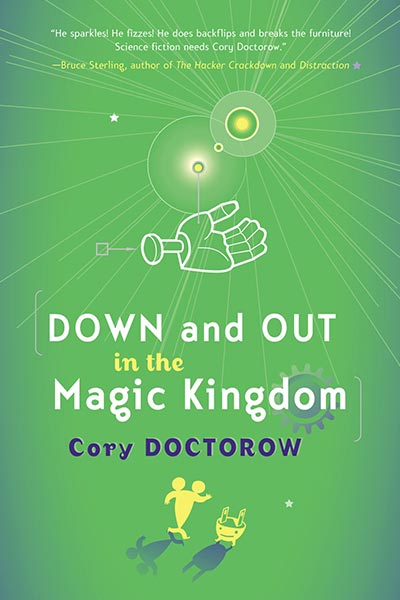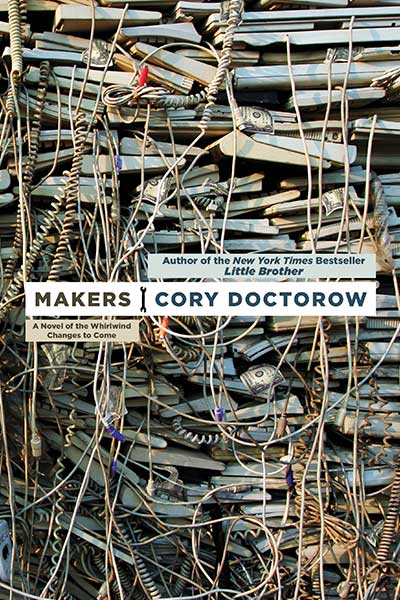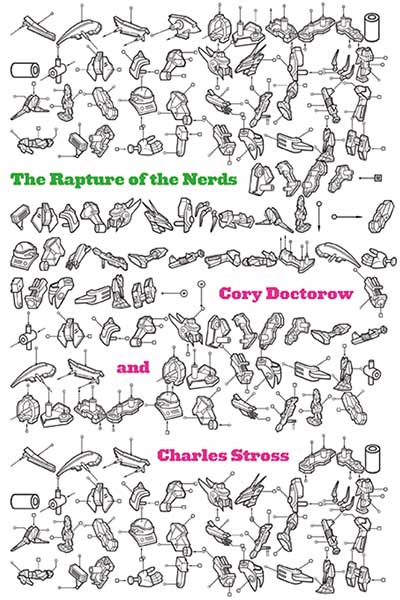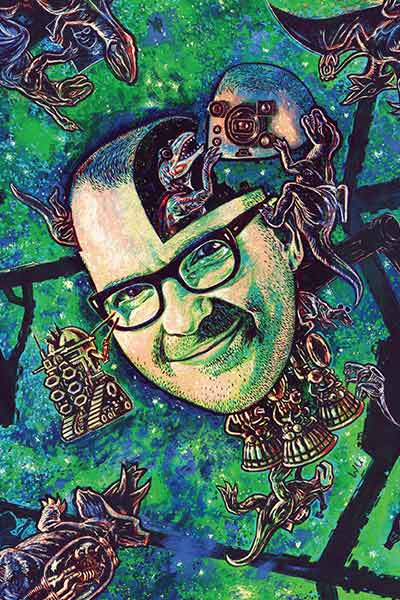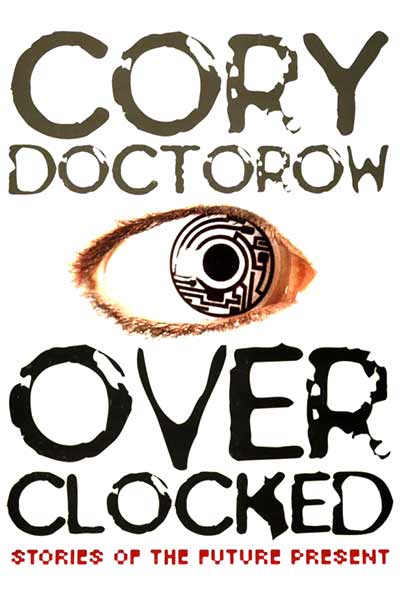My latest Guardian column, “Curated computing is no substitute for the personal and handmade,” looks at how a curated computing experiences (like the hand-picked apps in the Apple App Store and the Google Android Marketplace) offer undeniable value, but can be configured to be coercive traps or helpful starting points:
Two categories in particular won’t ever be fulfilled by a curator: first, the personal. No curator is likely to post pictures of my family, videos of my daughter, notes from my wife, stories I wrote in my adolescence that my mum’s recovered from a carton in the basement.
My own mediascape includes lots of this stuff, and it is every bit as compelling and fulfilling as the slickest, most artistic works that show up in the professional streams. I don’t care that the images are overexposed or badly framed, that the audio is poor quality, that I can barely read my 14-year-old self’s handwriting. The things I made with my own hands and the things that represent my relationships with my community and loved ones are critical to my identity, and I won’t trade them for anything.
Second, the tailored. I have loads of little scripts, programs, systems, files and such that make perfect sense to me, even though they’re far from elegant or perfect. There’s the script I use for resizing and uploading images to Boing Boing, the shelf I use to organise my to-be-read pile, the carefully-built mail rules that filter out spam and trolls and make sure I see the important stuff. I am a market of one: no one wants to make a commercial proposition out of filling my needs, and if they did, your average curator would be nuts to put something so tightly optimised for my needs into the public sphere, where it would be so much clutter. But again, these are the nuts and bolts that hold my life together and I can’t live without them.
Curated computing is no substitute for the personal and handmade
